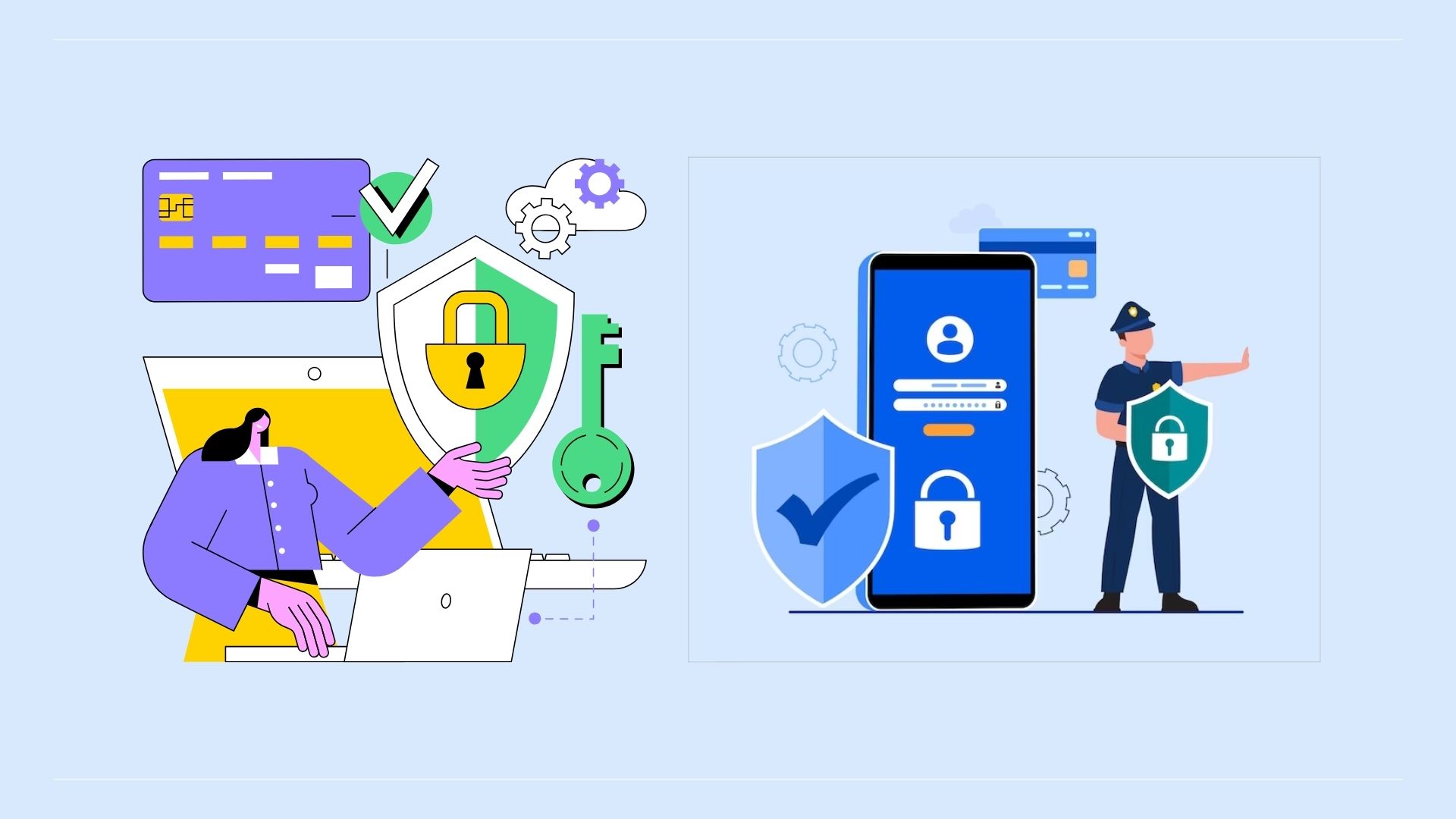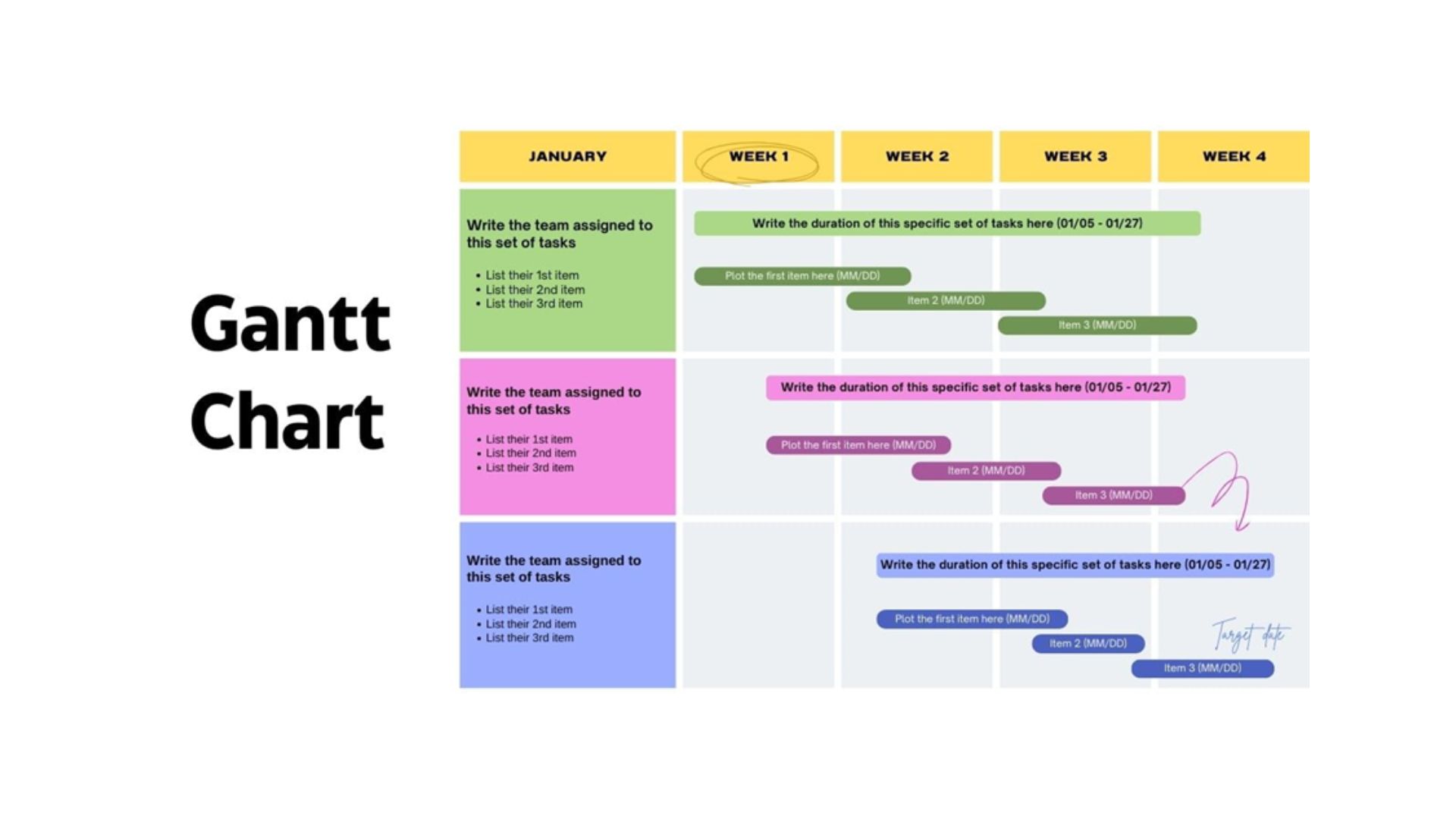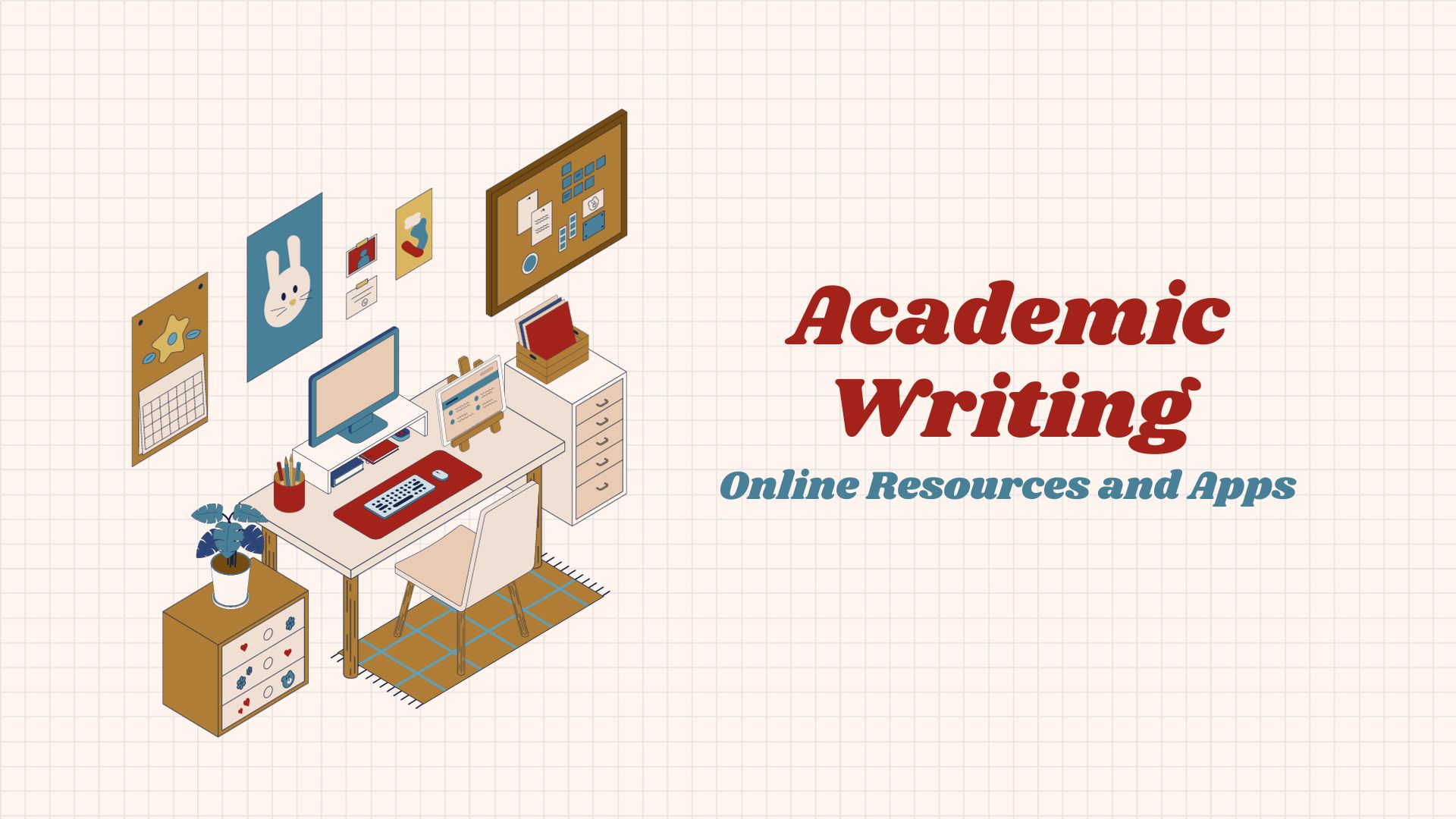Enterprise Social Software: How to Keep Employees Using It
WHAT WE HAVE ON THIS PAGE
As we noted last week, adoption of enterprise social software does not appear to be keeping up with investment levels. Adoption is obviously key to attaining a return on investment, so we asked several experts for their advice on getting employees engaged with enterprise social.
Ingrained habits die hard, however, so even employees who use social software may revert to email and other de facto collaboration practices. We asked our experts for advice on ensuring adoption “sticks.”
Integrate Enterprise Social into the Workflow
Both Sameer Patel, SVP of Products and GTM, Collaboration and Networks, for SAP, and Tom Petrocelli, research director, enterprise social, mobile and cloud applications, for Neuralytix, emphasized the importance of using enterprise social software that integrates easily into common work processes. “Software designed to be used in applications where people live entails less of a behavior change,” Patel said.
Some software integrates much better than others. Petrocelli pointed out that Microsoft’s Yammer is not well integrated into SharePoint or other Microsoft applications, for example. “You can get a Yammer feed into SharePoint, but can’t get SharePoint tasks into Yammer without writing code.”
Teach Not Just ‘How’ but ‘When’ to Use Enterprise Social
While most user training focuses on the mechanics of how to use enterprise social software, Petrocelli said it should also include more general advice such as how to determine which enterprise social tools are best suited to different types of collaboration. Email and SMS may be more appropriate for one-to-one messaging, for example. Conversely, he said, “You can point out, ‘this conversation involves three or more people so it may be better suited to another social tool.'”
Don’t Go Overboard on Control
While collaborative processes generally benefit from structure, Petrocelli said enterprise social tools must be “freeform and unstructured enough to handle unpredictable moments.” This should be impressed upon the IT organization if it is responsible for implementation, as is often the case, he added. “IT tends to like structure and control, so it may place restrictions on how you can build a group, for example. But if I can’t build a group or only use the groups you think I should, then I am not encouraged to use the tool.”
Be Ready to Build Out
A common mistake is starting simple and then not progressing, said Kathryn Everest, communication and collaboration strategist for Jive. Users are generally smart and will master simple features quickly, so organizations should be prepared to quickly provide new capabilities that go beyond basic communication.
“Being able to introduce new capabilities once they have mastered the basics will keep people engaged without overwhelming them,” Everest said. “By capabilities I’m referring to things that add real business value, not bells and whistles. Simple communication is a great place to start, but then quickly begin to model how people can also reach decisions, take actions, co-create, organize and prioritize. This how you build engagement: by showing them a better way to work together.”
Use cases that are centrally defined and rolled out when a social platform is launched (a best practice mentioned in the earlier article) only represent a small subset of how an enterprise social platform will be used, said Leandro Perez, director of Product Marketing at Tibco, provider of the tibbr collaboration software. Organizations should look for use cases as they emerge and promote them to encourage usage.
“If you empower them, smart people will adopt the platform and make it do things that you can’t predict. But you can watch out for the ways people are using the platform, call out successful adoption and innovative use cases and use those examples to inspire others,” Perez said.
Stories are easier to relate to and offer more inspiration than metrics, Perez added. “Success breeds success, especially if you communicate it in the right way. Instead of heralding that 76 percent of your user population completed at least two auditable actions on the platform last week, share stories that have the potential to inspire others. Tell the story of, say, Gwynne and Olega, who have never met but worked with others on the platform to define a new framework for how to launch products in Eastern Africa,” he suggested.
Recruit Enterprise Social Evangelists
Small teams cannot successfully promote enterprise social software, Everest said, noting, “A group of five people cannot move a whole organization, unless you’re an organization of 20 people.”
She suggested enlisting supporters or advocates throughout an organization who can help in three key ways: They can help identify key business opportunities where a platform can have measurable impact. They can evangelize working better within the organization by telling their stories and mentoring those around them. They can help attract other advocates, who will also help promote deeper and more lasting adoption.
In a frequently cited research paper, University of California-Berkeley School of Information students Michael Chung and Ayush Khanna offered tips on what qualities to look for in enterprise social evangelists. They will use enterprise social software often, perhaps every day. More important, they wrote, “They ‘get’ the product. It’s about more than heavy use, it’s about relevant use. Since they understand why the tool matters, they are more likely to go out of their way to sell it internally.”
Evangelists must be well known within the organization so they tend be fairly senior people, Chung and Khanna wrote, though not at the C-level. They are likely heavy users of consumer social media. And they understand how to leverage their internal networks. “While this is not a requirement, there seems to be a preference for them to be from the business side, as opposed to the IT side,” they wrote.
Realize Software Won’t Fix All Your Collaboration Problems
Organizations must set realistic expectations for enterprise social software, Petrocelli said. “Social doesn’t change the world; it helps you do what you already do better.”
The software may not yield desired results without making some fundamental changes, he added, “If your team hates each other, they will still hate each other. That is a management problem, not a collaboration problem. If you don’t have an innovative culture, software won’t make you innovative.”
Ann All is the editor of Enterprise Apps Today and eSecurity Planet. She has covered business and technology for more than a decade, writing about everything from business intelligence to virtualization.

Public relations, digital marketing, journalism, copywriting. I have done it all so I am able to communicate any information in a professional manner. Recent work includes creating compelling digital content, and applying SEO strategies to increase website performance. I am a skilled copy editor who can manage budgets and people.








